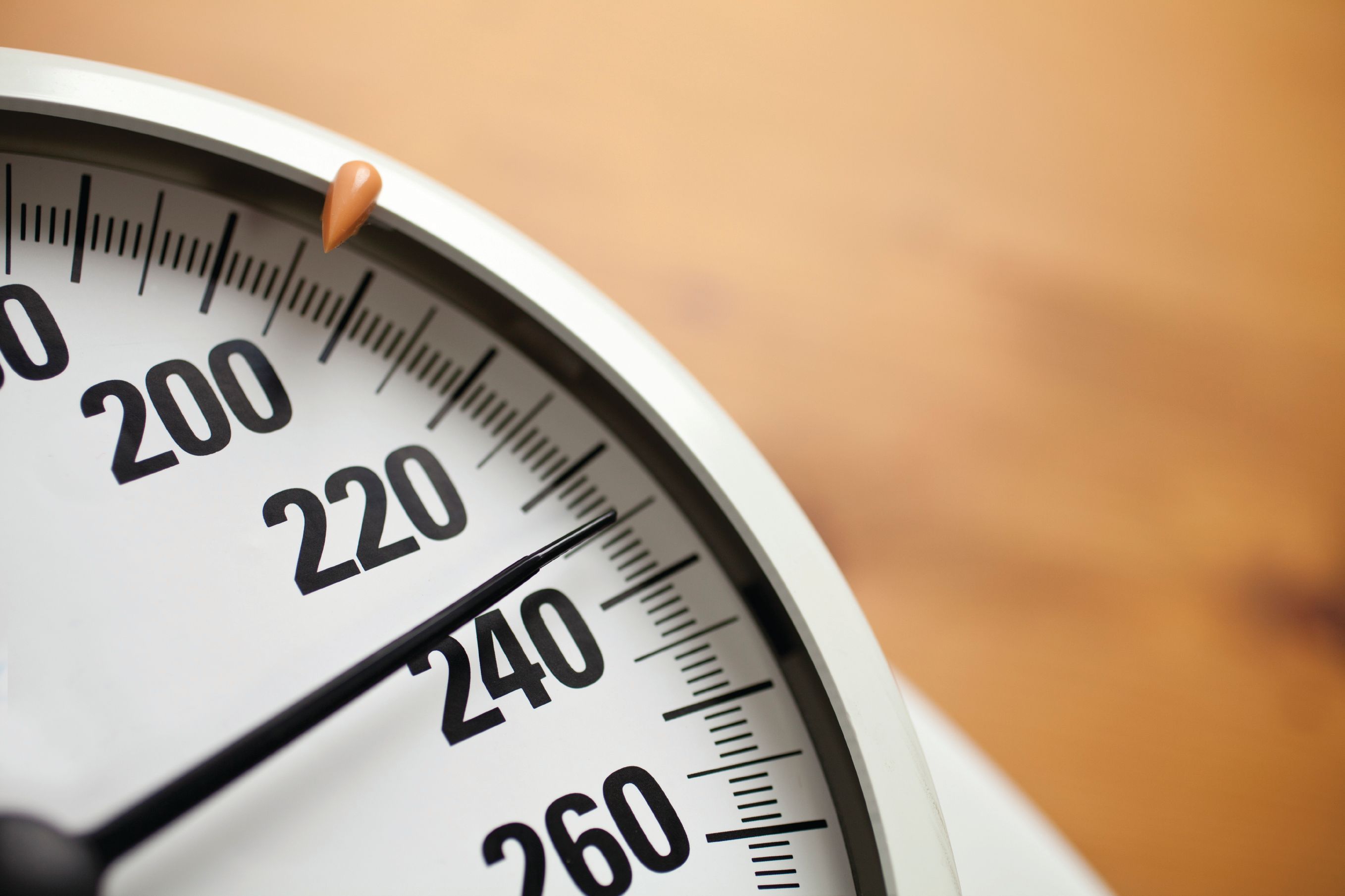Article
Add Another Box to the Postmenopausal Health Checklist: Extra Dental Check Up
For older women, who seem to have abnormal plaque levels, four dentist visits may be the new norm to protect gum and jawbone health.
Postmenopausal women have a new health message to hear. Two annual dental checkups aren’t enough. Older women need more, according to research findings from the Case Western Reserve University School of Dental Medicine and the Cleveland Clinic.
That message comes from a comparison study of women on and off bone-strengthening bisphosphonate therapies for osteoporosis.
Leena Palomo, assistant professor of periodontics from the dental school, and Maria Clarinda Beunocamino-Francisco from the Center for Specialized Women’s Health at the clinic, set out to study the long-term effects of bisphosphonate therapies on the jawbone, but came up with this new findings that impacts all women after undergoing menopause.
Twenty-eight postmenopausal women with normal bones were compared with 28 women on bisphosphonate therapies for at least two years or more. The participants (all between the ages of 51 and 80) received conebeam CT scans of their jaws and a complete periodontal check for dental plaque, bleeding, and loss of bone attachment and of the alveolar bone socket.
Both groups of women had followed the recommended American Dental Association oral health standards to brush twice daily, floss and have at least two dental checkups a year.
The findings for bone strength and other markers for osteoporosis were similar for both groups. But the researchers found both groups had increased dental plaque levels, which could endanger the jawbone of normal postmenopausal women and reverse any benefits gained in bone mass.
Dental plaque is the fuzzy bacterial material that covers the teeth when you wake up in the morning. The biofilm is a mixture of bacteria, bacterial waste and food particles stuck to the teeth and provide nourishment for more bacteria.
While women from both groups had similar bone health results and women on the long-term oral bone-strengthening therapies showed no signs of bone death, they had abnormal dental plaque.
Their findings were announced in the article, “Is long-term bisphosphonate therapy associated with benefits to the periodontium in postmenopausal women?” that was published in the February issue of Menopause.
Menopausal women at risk for osteoporosis also are at risk for periodontal disease, which affects bone that anchors teeth, says Palomo who once led a study showing that short-term use of bisphosphonates had increased bone density in the jaw.
But over time, if the hard plaque is left on teeth, it triggers the processes for gum disease. Gum disease, also known as periodontitis, is an inflammatory reaction that produces the cytokines protein reaction. Cytokines act like water runoffs on the side of the hill and erodes the socket that anchors the tooth in place.
If that bone loss isn’t stopped, Palomo said, a woman could potentially lose her teeth.
She added that those cytokines also set in motion the process that weakens bones in osteoporosis.
Palomo said women may need to see the dentist as many as four times a year to control dental plaque by deep periodontal cleanings.
“Women also have to realize that bone disease and gum disease are two separate diseases,” Palomo said. The bisphosphonate therapy isn’t enough to keep jawbones strong and healthy, she added, that means getting rid of the dental plaque.
Source: Cleveland Clinic Foundation

FDA Approves Crinecerfont for Congenital Adrenal Hyperplasia



